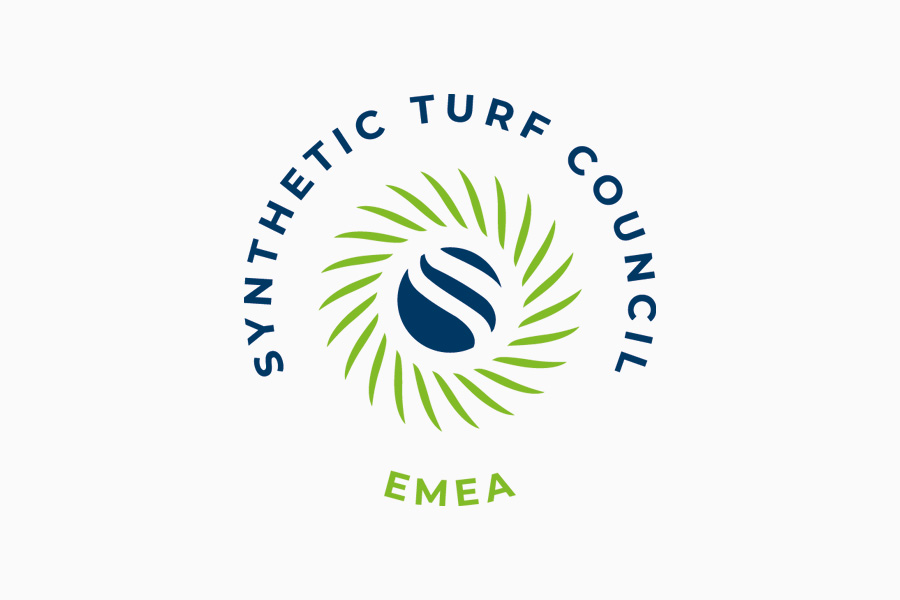ESTC identifies risks and opportunities from the proposed ban on the sale of infill materials classified as intentionally added microplastics
ESTC (the EMEA Synthetic Turf Council) notes the publication of the European Commission’s recommendations on the introduction of restrictions for the placing of intentionally added microplastics onto the European market (Annex XVII REACH1). The Commission’s recommendation is for a ban2 on the future sale of intentionally added microplastic infill (most commonly end of life tyre shred) for synthetic turf systems, as the most effective way to reduce microplastic emissions. The option for derogation via risk management methods (RMMs) has been removed from the proposal as it was not considered viable by the Commission to meet its reduced emissions objectives.
ESTC has adopted environmental care as its core strategy and is involved in multiple projects focused on the environment. ESTC agrees with the goals of the European Commission and ECHA to reduce the emissions of intentionally added microplastics as part of the wider European Green Deal for climate neutrality by 2050. In this light, ESTC worked hard with many stakeholders (including international sports federations) to help develop the CEN Technical Report 175193 for infill control and mitigation. Independent research has shown the efficacy4 of RMMs, but the Commission appears to be concerned about the practicability and enforceability of such methods and has therefore opted for the ban option.
ESTC notes that the European Commission is proposing a six year transition period before the new restriction becomes effective. However, current surfaces are expected to be usable for at least 10 years and many existing fields may struggle to achieve their full-service life due to an inability to purchase the materials required for on-going maintenance, forcing communities, schools and sports clubs to either replace their surfaces prematurely or risk deteriorations in the quality and safety of their fields. ESTC therefore calls for the transition period to be extended to at least 10 years to enable those that have recently invested in new fields to obtain the full operational life they anticipated.
ESTC is pleased to note that the proposed ban will be at the point of sale, putting the responsibility for compliance onto suppliers and installation/maintenance contractors and not field owners, which should simplify the adoption of legislation.
The proposed legislation does not require any retrospective actions to be undertaken to current fields and this is also welcomed by ESTC as this would have been a significant burden on facility owners and operators. ESTC does, however, encourage everyone to ensure their fields are managed and maintained responsibly so they do not allow infill to migrate into the environment including the adoption of the guidance outlined in CEN Technical Report 17519 for all new fields that will use microplastic infills during the transition phase.
The ban of intentionally added microplastic will not change the benefits of turf systems to the millions of people enjoying them each year. Synthetic turf fields offer high quality and long-lasting surfaces that allow communities throughout Europe to benefit from the health, social inclusion and mental wellbeing advantages that sport and physical activity provides in a wide range of different climates.
This decision will be a challenge to the majority of European markets in which infills classified as microplastics have proven to be the most popular. Although a lot of research and development efforts have been taking place in the period leading up to the decision of the European Commission resulting in very promising alternative solutions, the industry will find it challenging in all markets to fully transition within the proposed period of 6 years. This further reinforces the request to extend the transition period to at least 10 years to allow for a more controlled changeover.
ESTC awaits full clarification on the wording of the new restriction as it works its way through the legislative process, and to working with all relevant stakeholders to support the development and implementation of turf systems towards a greener future that can be enjoyed throughout Europe.
Links:
1 https://echa.europa.eu/documents/10162/05bd96e3-b969-0a7c-c6d0-441182893720
2https://ec.europa.eu/transparency/comitology-register/screen/documents/083921/1/consult?lang=en
3 CEN TR 17519 Guidance on how to minimise infill dispersion into the environment – for a copy, contact your national standards institute
4https://www.estc.info/wp-content/uploads/2020/09/Ecoloop-Report-Effectiveness-RMMs.pdf
